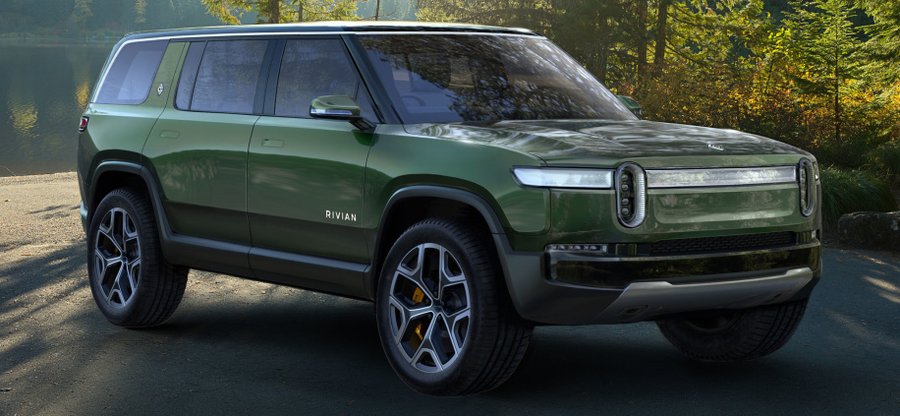Rivian, the EV startup that stole the L.A. Auto Show: Who are these guys?

Startup Rivian created the biggest buzz of the L.A. Auto Show by coming out of virtual oblivion to deliver not one but two battery-electric off-road vehicles with supercar-worthy acceleration and Tesla-fighting range figures. So who are these guys and how did they stay so undiscovered all this time?
To be sure, it's not like the company, which was founded as Mainstream Motors in Florida in 2009 and quickly changed its name to Avera Automotive before settling on Rivian, flew completely under the radar. But it's one thing to read about claims of 400-mile-plus driving range, 3-second 0-60 times and 11,000-pound towing capacity, and quite another to see what they've actually made — the R1T pickup truck and its companion, the R1S SUV.
The company was the brainchild of then-26-year-old R.J. Scaringe (he's now 35), a nature and car enthusiast who grew up on Florida's Indian River but was frustrated by what he saw as a lack of environmentally sustainable automobiles. Scaringe earned a degree in mechanical engineering from Rochester Polytechnic Institute in New York and later earned a master's and doctorate from MIT, where he worked on the research team at the Sloan Automotive Laboratory.
Rivian moved to the Detroit area from Florida in 2015 and now makes its de facto headquarters, design and engineering center in a former cash-register factory in suburban Plymouth, Mich. "There was literally no sign on the building," says Ken Shuman, chief communications officer.
Rivian now has four other locations: a battery lab in Irvine, Calif.; a connected car and autonomous research and development center in San Jose, Calif.; a small engineering office in the U.K.; and a manufacturing center under development in Normal, Ill., where the company bought a 2.4-million-square-foot former Mitsubishi factory for a reported $16 million, with plans to sink more than $40 million into the plant by 2022. Production is set to begin there next year.
"We've already got a team of around 60 people in that facility," says Mark Vinnels, the company's executive director of engineering and programs. "All the tooling, paint shop, everything. Configuring it for how we're going to build this car. Those guys are intimately involved with the design of all the components, and have been for a couple of years. So the design for manufacturing, the quality aspirations that we've got for the vehicle, that's a key part of that."
Related News
